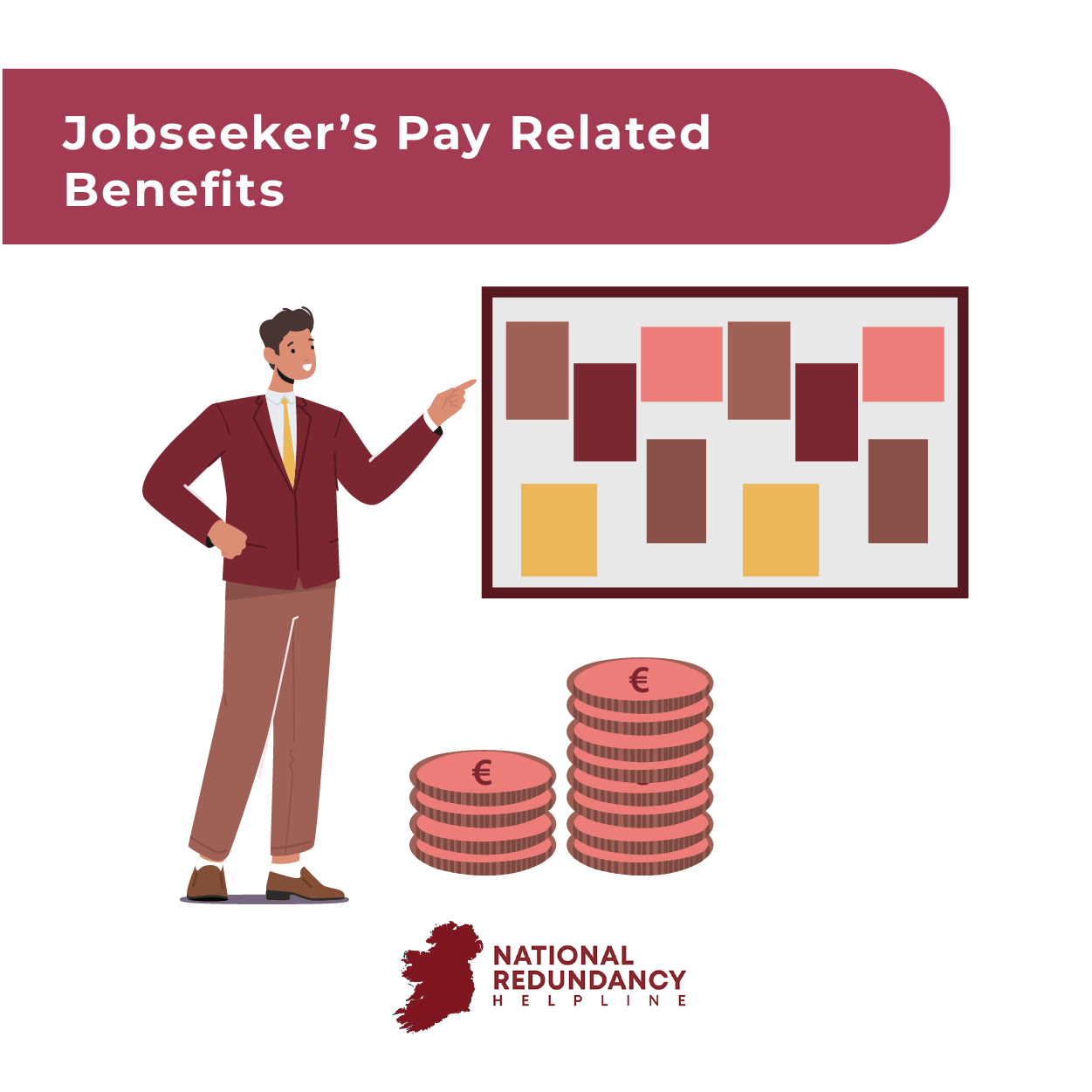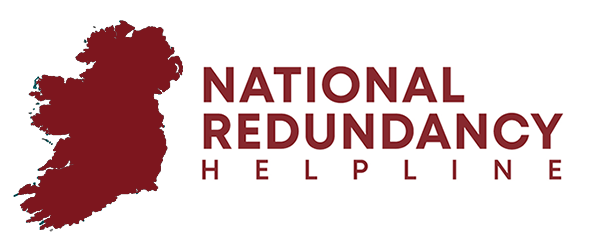A new unemployment benefit, the Jobseeker’s Pay Related Benefit, was introduced in Ireland on 31st March 2025. This replaces the existing Jobseeker’s Benefit and represents a significant reform to the social welfare system.
Rather than a flat rate payment, where all individuals are paid the same rate with adjustments for family circumstances, the new payment is calculated based on your earnings from your last employment.
This new unemployment payment directly links your previous earnings with your weekly rate of payment should you become unemployed.

Payment Structure
Jobseeker’s Pay Related Benefit is directly and explicitly linked to your previous earnings from unemployment.
You can get Jobseeker’s Pay Related Benefit for up to 9 months (39 weeks), if you have at least 5 years of PRSI contributions from employment.
The payment is not means tested, so your rate of payment would not be affected by a partner’s employment for example.
The weekly rate of payment tapers off over time as follows:
Months 1–3: 60% of previous earnings (max. payment of €450 per week)
Months 4–6: 55% of previous earnings (max. payment of €375 per week)
Months 7–9: 50% of previous earnings (max. payment of €300 per week)
Minimum payment: A floor of €125 per week is guaranteed.
You can get Jobseeker’s Pay Related Benefit for up to 6 months (26 weeks), if you have between 2 and 5 years of PRSI contributions from employment.
Months 1-6: 50% of previous earnings (max. Payment of €300 per week)
Minimum payment: A floor of €125 per week is guaranteed.
Unlike the older Jobseeker’s Benefit, there are no increases to your rate of payment for child or adult dependents with Jobseeker’s Pay Related Benefit. If you are adversely affected by this, then you can apply for a means tested Optional Jobseeker’s Allowance, as this may result in a higher rate of payment.
Why has Jobseeker’s Benefit become Jobseeker’s Pay Related benefit?
The new payment structure ensures that social welfare support reflects a person’s earnings and possibly also their financial commitments and living standards prior to unemployment, rather than an individual facing a ‘cliff edge’ in terms of income.
A person’s attachment to the workforce will also be reinforced by the staggered nature of the rate of payment as well as the higher rate offering an additional safety net for middle earners or professionals accustomed to higher incomes.
Timely introduction of new payment
With recent tech layoffs, so- called ‘silent redundancies’ and hiring slowdowns, this form of income support may be a timely introduction for better paid workers finding themselves unemployed.
Anecdotal reports of well paid professionals finding it more difficult and facing a lengthier job search and recruitment process to find new employment have partly prompted this reform of the social welfare system.
The new payment is also intended to bring Ireland more into line with European norms as many EU member states having earnings related unemployment supports.
National Redundancy Helpline
National Redundancy Helpline is committed to bringing you news about redundancy in Ireland. We aim to be Ireland’s leading source of redundancy advice on entitlements and options following redundancy.
Our Calculators can tell you how much redundancy payment you are entitled to.
Check out our blog, or fill out our online assessment, call, or email us to arrange a consultation with a Qualified redundancy advisor who can discuss your situation and options with you. All our consultations are 100% cost and commitment free.


